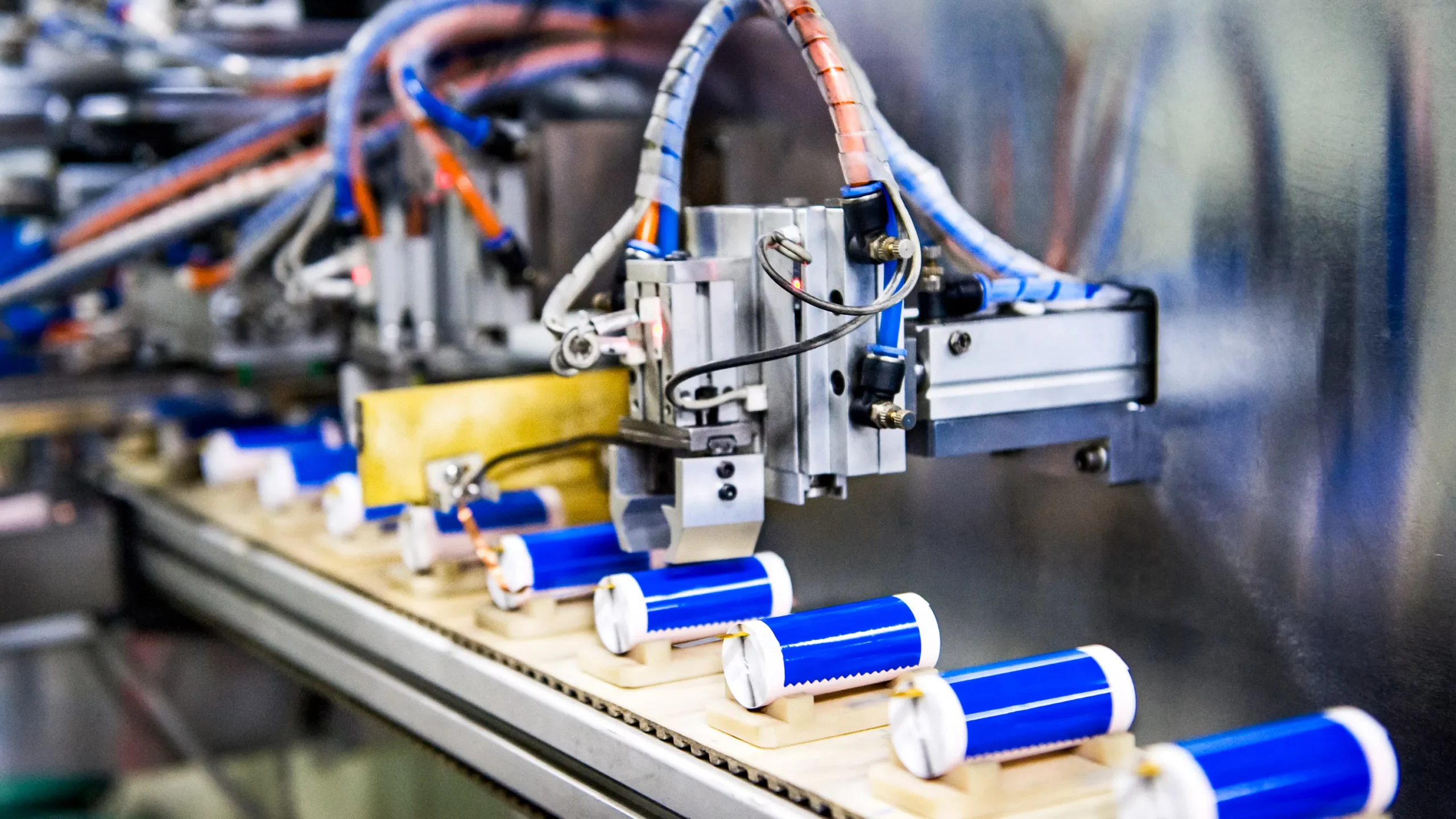
Unigrid, spearheaded by co-founder and CEO Darren Tan, is pioneering an innovative approach to battery technology with its development of sodium-ion batteries as a cost-effective and safer alternative to the traditional lithium-ion batteries.
This initiative is particularly significant as it addresses the high cost barrier associated with lithium-ion batteries, which currently stand at around $140 per kilowatt-hour for a pack. This cost factor has been a major impediment in the widespread adoption of large-scale battery solutions in residential settings for blackout protection.
Why Consider Sodium-Ion Batteries?
Unlike lithium-ion batteries, which are widely used in electric vehicles (EVs) and are just beginning to see a reduction in costs sufficient to foster broader adoption, sodium-ion batteries offer a potentially more economical solution.
According to Darren Tan, sodium-ion batteries could cost about half as much to produce as lithium-iron-phosphate batteries when manufactured at similar scales. This cost advantage is largely due to the sodium’s raw materials being significantly cheaper, by about a hundred times, than those used in current lithium-ion batteries.
Challenges for Sodium-Ion Batteries
However, the application of sodium-ion technology in batteries does face challenges:
- Density Issues: Sodium-ion batteries are less dense, making them larger and heavier than lithium-ion counterparts, which is a disadvantage for use in electric vehicles (EVs).
- Charging Behavior: These batteries behave differently from lithium-ion during charging and discharging cycles, necessitating the development of new electronic management systems for their battery packs.
Unigrid has potentially overcome these hurdles by developing a new battery chemistry that employs sodium-chromium-oxide on one side of the battery and tin on the other. Tan notes that the materials in the battery can be substituted if necessary, which provides flexibility in sourcing.
These batteries are comparable in size to lithium-iron-phosphate cells and in some cases are even smaller, while also matching the power output of lithium-ion batteries, allowing for the use of the same electronic components.
The startup was founded from research conducted by Tan at UC San Diego, where he worked under Shirley Meng, a prominent materials scientist specializing in energy storage. The goal of their research was not only to create a cheaper battery but also to enhance safety features.
Unigrid’s sodium-ion batteries are designed to be much safer, capable of withstanding internal temperatures of several hundred degrees Celsius before potentially going into thermal runaway, which is a common safety hazard with batteries.
Who Will Manufacture These New Batteries?
To scale up production, Unigrid plans to collaborate with smaller battery manufacturers rather than building its own factories. This approach mirrors the business model of companies like TSMC, which manufactures semiconductors for other companies.
Tan indicated that there is sufficient spare production capacity at these smaller facilities to manufacture batteries on a megawatt-hour scale.
Where Will Unigrid’s Batteries Be Used?
Unigrid’s initial market focus will be on energy storage solutions for buildings and small campuses. It also aims to target the light EV market, particularly in regions like India and Southeast Asia, where high temperatures increase the risk of lithium-ion battery fires. Vehicles such as scooters, motorcycles, and tuk-tuks, which are common in these areas, could benefit from the safer sodium-ion batteries.
What’s Next for Unigrid?
In terms of funding, Unigrid has recently raised $12 million in a Series A round led by Transition VC and Ritz Venture Capital, with additional investments from Union Square Ventures and Foothill Ventures.
With this financial backing, Tan is optimistic about advancing sodium-ion battery technology into the market within the next five years, focusing on creating an immediate impact and providing a shorter-term solution to the market’s needs.
Related News:
Featured Image courtesy of xPACIFICA/Getty Images
